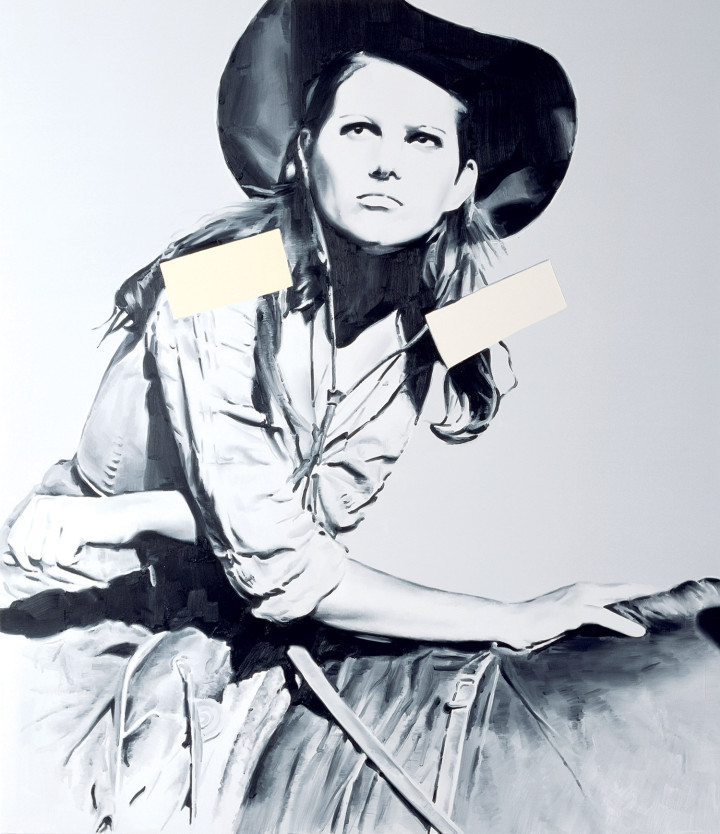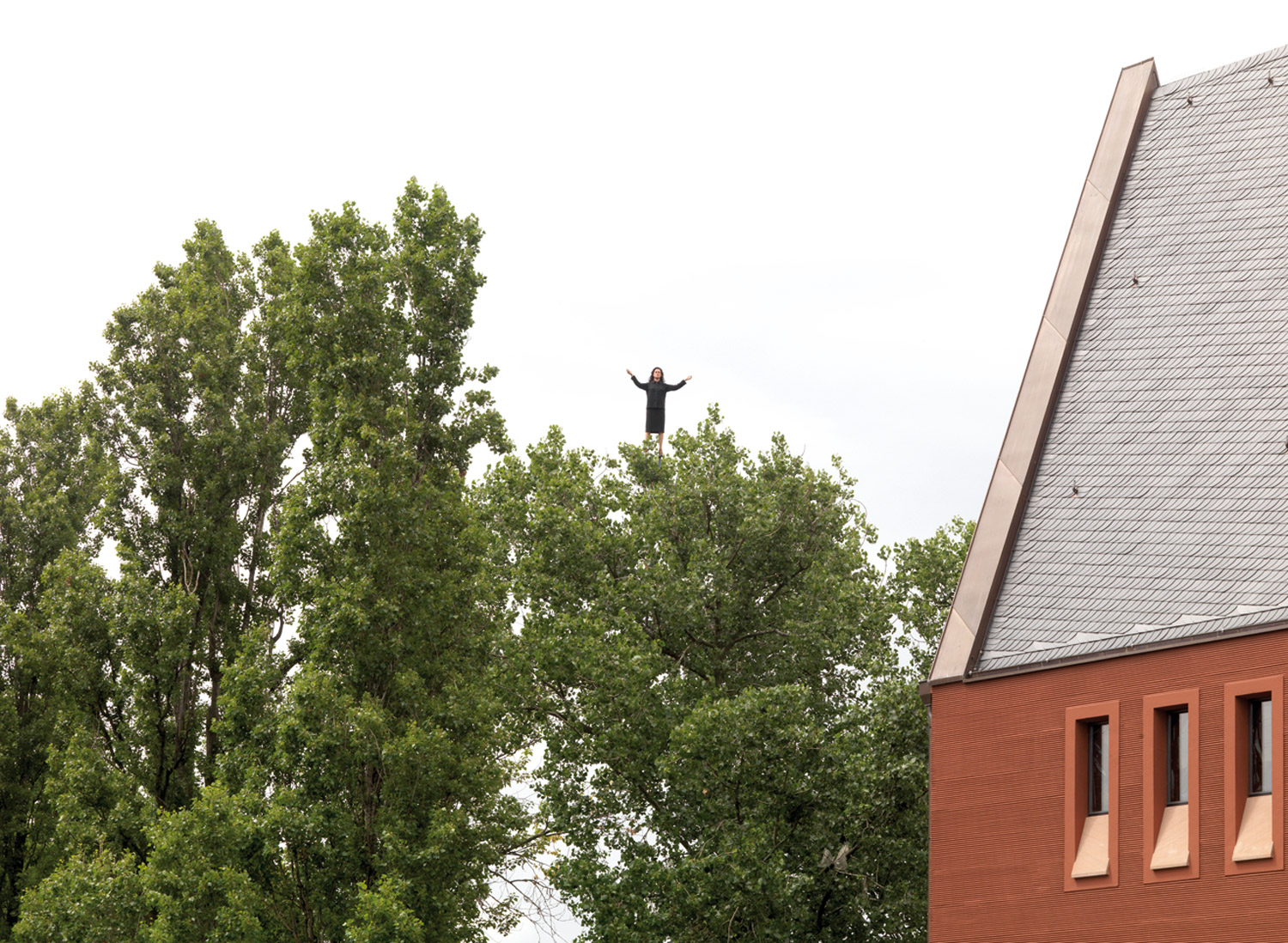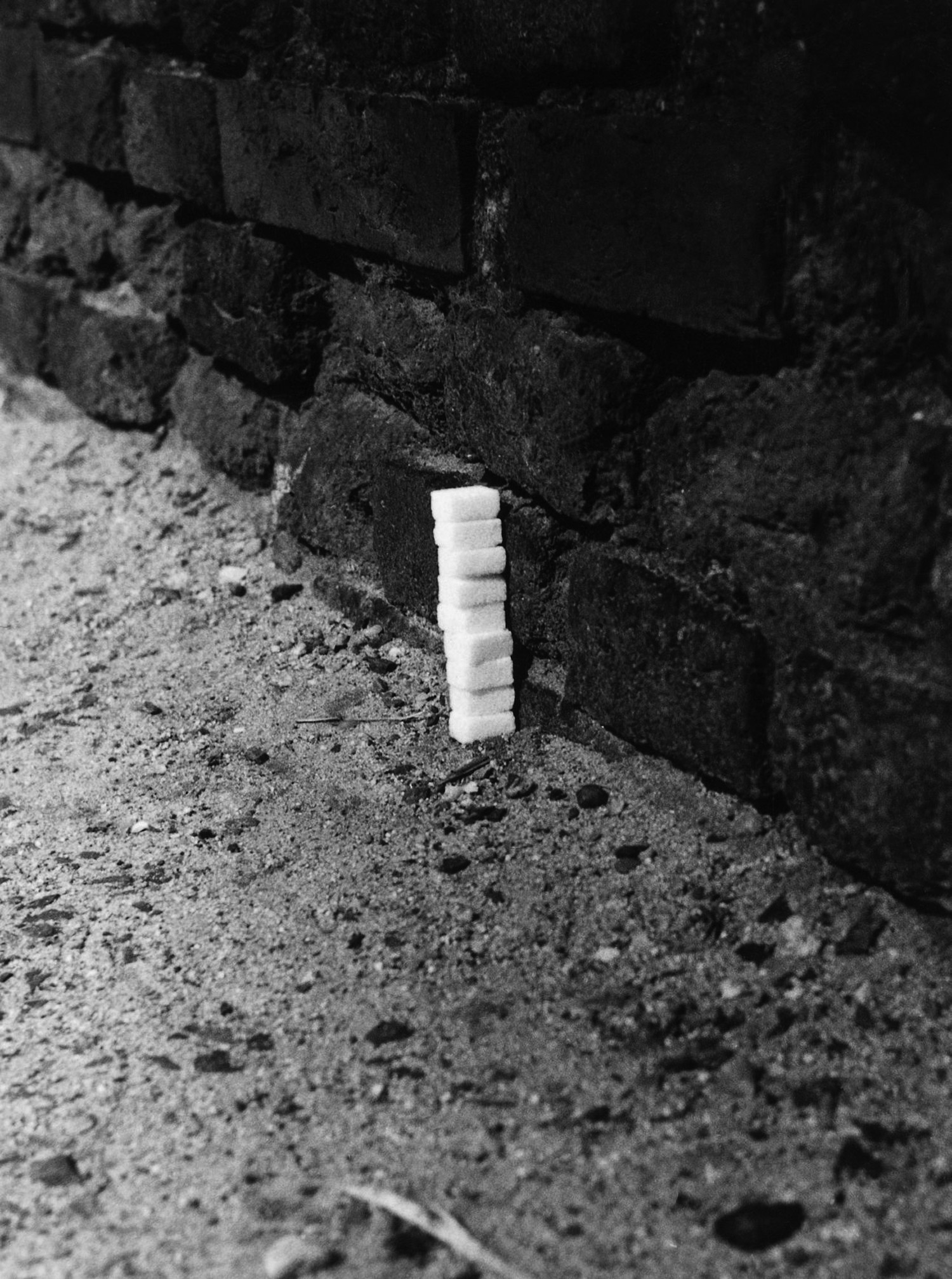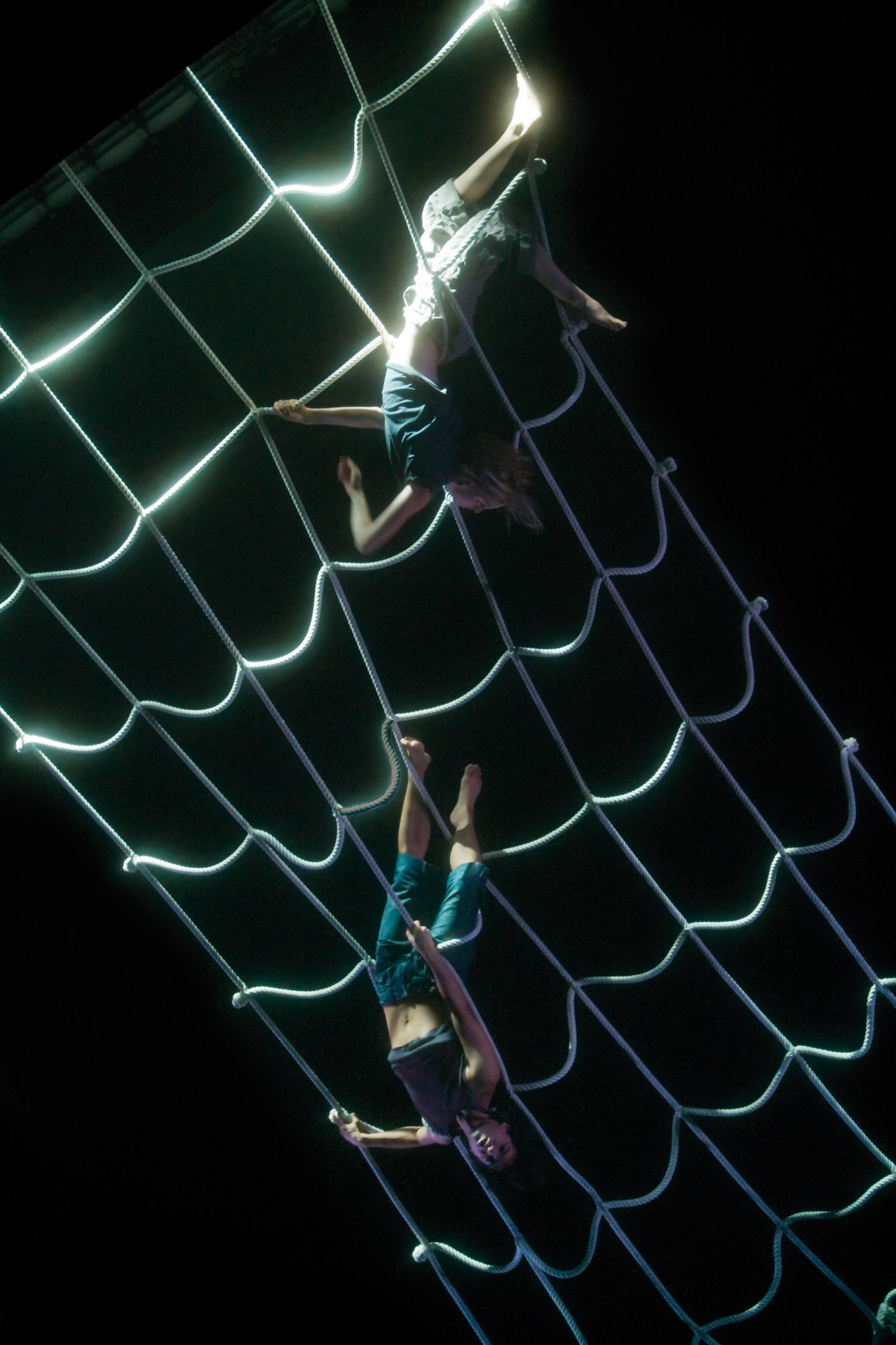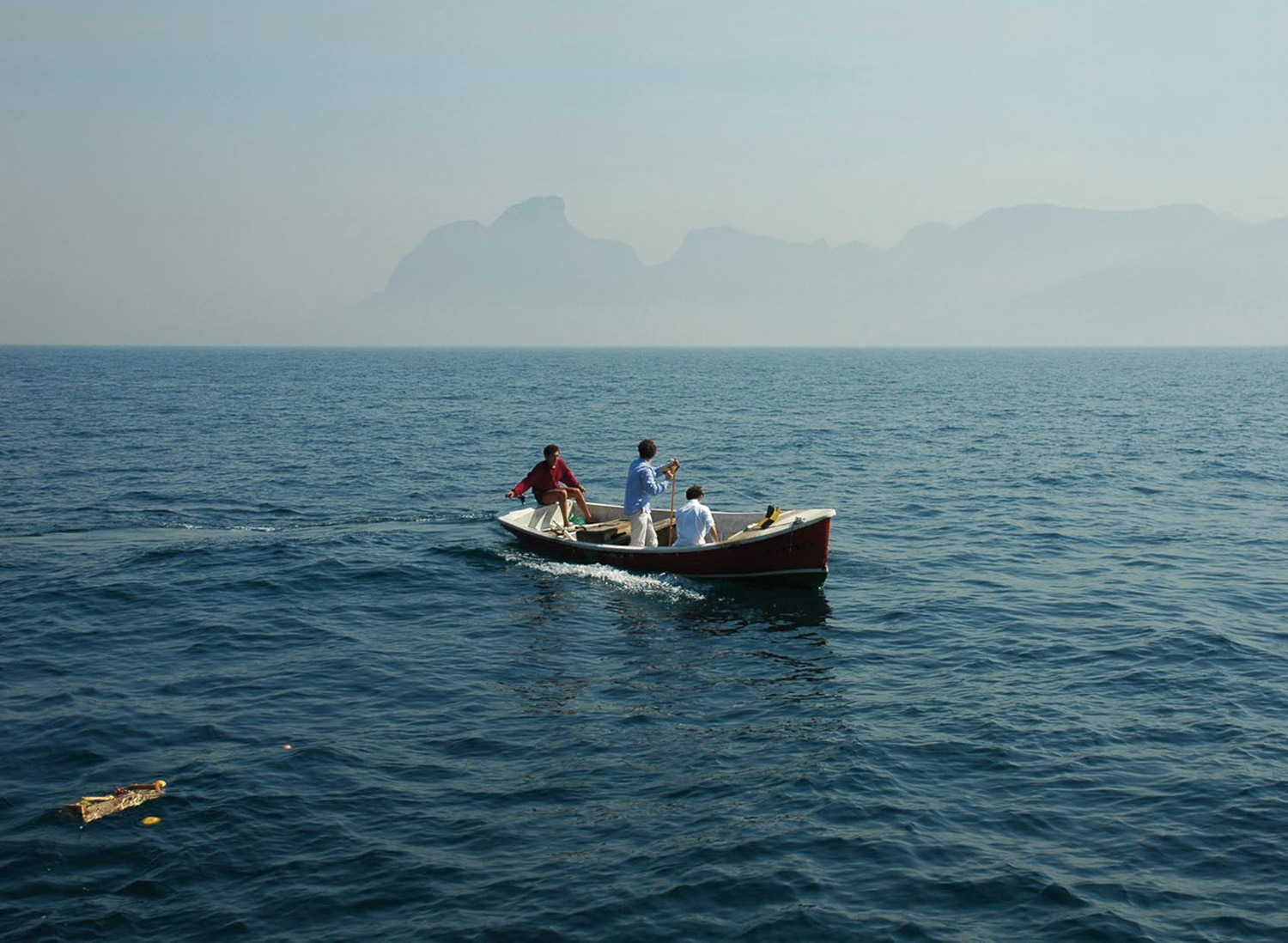
Kraków-based artist Marcin Maciejowski is a man of few words.
It’s no surprise then that his paintings have an economy of style and trenchant powers of observation. The photographic tropes in his catalogue of images are a mirror of digital-age speed with a nod to analogue slowness.
Scenarios of the everyday, snippets of the unspectacular, jocular asides and sweetly ironic moments are portrayed. His brevity of pictorial style is akin to the short story and often de-mythologizes the precocity of the avant-garde. Commentaries include local/geo-politics, military subjects, stereotypical clichés of male posturing, long forgotten, dead Communist-era artists, noir femme fatales from Hollywood movies, or strong female characters who are usually artists themselves. Also (Picasso’s Boy with A Pipe, Cezanne’s Still Life, 2004), by honing in on the mainstream glamorization of art and money he has deftly pointed out the ironies of the contemporary art market itself.
He seems to ask: What’s of more value, the price of fame or the fame itself?
In so doing it’s a double entendre at play, one in which Maciejowski slyly superimposes his own paintings’ commodity status as object of appreciation within the paintings’ formal content. While erudite in art history and the contextual bait-and-switch strategies in the present day contemporary fold, Maciejowski’s laconic narratives offer us an antidote to information overload. A distillation of descriptive specifics rather than extraneous details, the graphic flatness and spare brushwork allows space for plenty of subjective interpretation. Devoid of plot development, they are open-ended selective memories via his interpretation of events as they could’ve happened — real, imagined or overheard.
In our age of deception, here is a man coolly detached from the world’s ideological hysteria and social alienation. He is a smart editor of his own archival images, cropped and framed to suit his needs in the composition. With this sleight of hand, current events and lost cultural memory run parallel to his peripatetic life. More truth is revealed with less, the paintings’ pared down aesthetic get the point across while keeping a sense of mystery.
Maciejowski is a part of the post-solidarity generation that comprises Poland’s youthful EU member status. Neither sage nor philosopher to the burgeoning art scene, he is a man of the people engaged with crystal-clear eyes.

Max Henry: Marcin, in this age of collaborations and collectives can you look back and comment on the work of Grupa Ladnie a decade plus after its actions in and around Kraków?
Marcin Maciejowski: I met my Grupa Ladnie friends at the Technical University in Kraków in 1994–95. The three of us (Wilhelm Sasnal, Rafal Bujnowski and me) were studying at the Architecture Department and became friends in our drawing classes. There we also met Marek Firek, who was our teacher, and our model (Josef Tomczyk “Kurosawa”).
These 5 persons later formed the Grupa Ladnie. Later, when Wilhelm and I moved to the Academy of Fine Arts, we were still friends with Firek and Kurosawa (the latter was also sitting for students at the Academy). We used to meet at school, in the students’ dorm and in the Rentgen Pub.
It was in Rentgen that we came across the idea of doing something together. We felt we needed to act here and now. We stimulated each other. Like youngsters setting up a rock band, we invented a name (Grupa Ladnie) that would make our group stand out and have an identity. The name of the group was not pretentious and sounded funny. The first artistic actions were not ‘stiff’ exhibitions of ‘oil on canvas’ but they were ‘live’ music sessions, painting on the walls, Xerox copied publications. Now, people associate Grupa Ladnie with oil paintings, but we did not show any paintings then, nor did we paint together. Each of us painted individually at home and we only got together as Grupa Ladnie at crazy parties for friends and fun lovers.
I remember when I moved to the Academy: I was not in the least interested in painting still lifes and old models, so I started to bring magazines to school and paint the things I found there. This was what turned me on, because I felt I was painting a theme and that I was able to comment on something rather than do silly still lifes.
So later I stopped painting at school and started to paint for myself rather than for school grades. I painted at home with no easel (I put canvas on cardboard boxes) and did Grupa Ladnie happenings, much more attractive. What I appreciate about the Grupa Ladnie period is that I was not thinking seriously of art at the time. I did not expect to become an artist once I graduated, and thanks to Grupa Ladnie I could distance myself from academic art. We found genuine art in a friendly talk with a girl on a tram, in the news on TV and in color magazines. Our professor used to say that our painting wasn’t art at all, that it was not serious. Unlike him, I felt that it was the real thing, that it came out of me and was honest. All in all, the things we did as a group were not complete nonsense, but used joking, triviality, instead of imitating pompous school teaching. Immodestly, I would say that people liked our paintings. It stimulated arts throughout Poland. This is what I heard.
MH: Since you’ve often invoked the work and life of forgotten Communist-era artists in your pictures, do you consider any of them role models, or are the pictures a critique/reminder of the coerced subordination of art to the state?
MM: True, I have painted a few pieces which present artists of the Communist era, but not to criticize them or Communism itself. I liked the pictures I used to come across, some old blurred photos presenting sculptures, with their textures, and I simply wanted to copy them on canvas. Anyway, the artists I painted (Kobro, Szapocznikow, Kantor) had little to do with Communism. I think you mean the ‘Xawery Dunikowski painting,’ where the artist is standing next to a great worker’s head. I painted it after I came across an album with the artist’s work from his socialist realism period. We had socialism and the West had capitalist realism, which was called Pop art. Perhaps Pop art was in fact socialist realism, but it had a different name? Following this train of thought, perhaps Xawery Dunikowsk is a Pop artist?

MH: Being that so many images get circulated on a daily basis, what is your process that leads to a finished painting?
MM: I simply see something and it makes me stop for a moment; all of a sudden I KNOW that the thing will make a good painting. The choice is intuitive, but I am confident of my choice. No one can make me paint something that I have not chosen myself. I do not seek any particular topics either, I just come across them, I read something, I watch TV, surf the Internet, something catches my eye and I know that it will be my painting. Sometimes it is the contents, the arrangement of things and sometimes the graphics. For example, when a picture is blurred, not sharp (pixelated), I think what it would be like to paint it, which paint to use, etc. I do not choose topics beforehand, telling myself: “Now I will paint religion.” Themes come to me themselves. I put them down and produce a painting. If I feel that I have not exhausted a topic, I paint another one. Thus I produce series or repetitions.
I combine paintings in my head: “If I paint this, it will match the painting I made then.” I followed this train of thought when I was doing the “Youths” series. I assumed that I would look for portraits of famous artists when they were young, that the portraits would not be associated with the images that everybody knows, but that their heads would look as if they belonged to accidental men. I also thought that I would mix known artists with less successful ones. That everybody would be given equal treatment, as they all dealt with art and should not be classified according to the arbitrary category of success. This was my concept for those paintings. I have a great number of ideas, and there is a queue of them waiting. Some topics come up just like this and they do not have to queue. I use photos, the Internet, magazine pictures or film screenshots. Not everything is suitable for a painting. I hardly ever use photos which are works of arts in themselves, I prefer ‘bad’ photos, as if uninteresting, which will gain importance only once painted. If I browse for example 100 party pictures on a digital camera I will find one that I want to paint. Besides, I often skip details, recompose them. I may watch a film on my PC and spot a trivial scene, rewind the movie, pause it, print the screen and paint it. It is hard for me to say how I make the choice. I could explain it in an easier way if you asked me about concrete works. I agree, reality and the media overwhelm you with messages and news, but as a painter I do not find it problematic. I simply know what I want to choose. At least, I have known so far.
MH: Do your pictures exist in a time-based analogue vacuum or are they a product of the virtual 21st century?
MM: You tell me which answer is correct. For the time being I am a product of 1996–2007. I find it hard to assess my paintings. I try to make them universal. I named my first exhibition “Paintings about the good, love and culture,” so they concerned values that cannot be closed within specific timeframes. On the other hand, in my work I am rooted in here and now, i.e., I comment on our times, customs, values and the culture of the 20th and 21st century.

